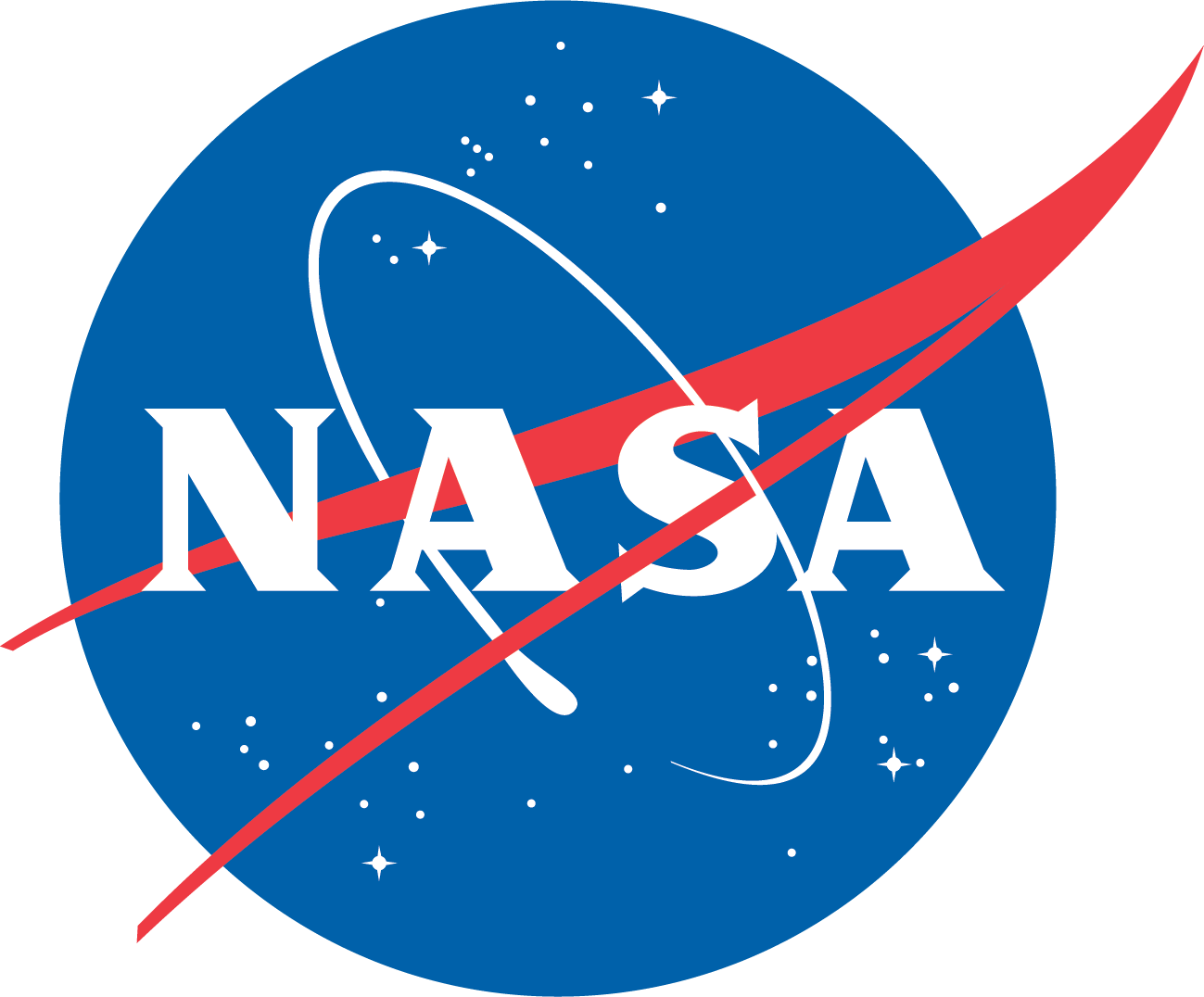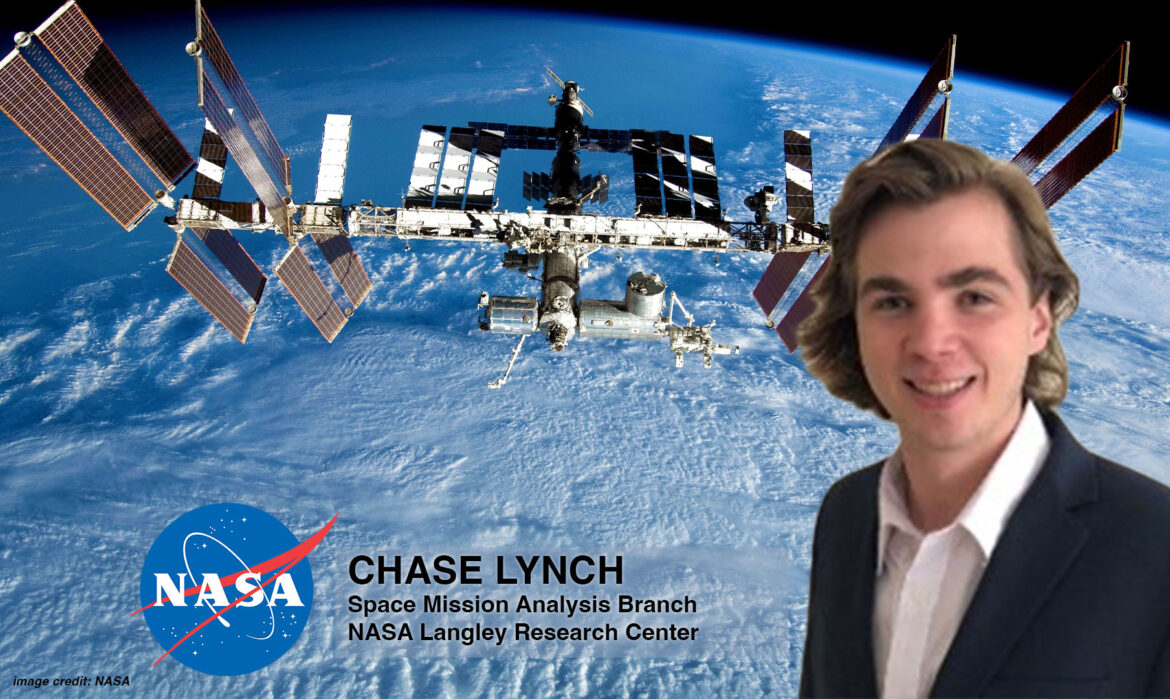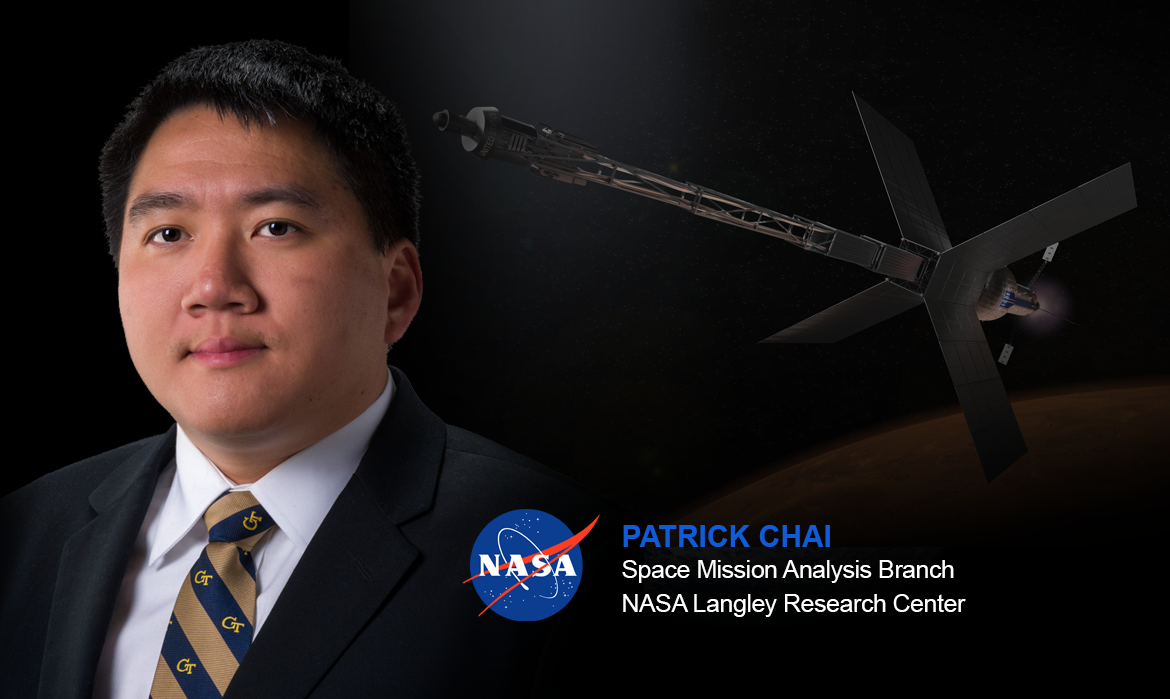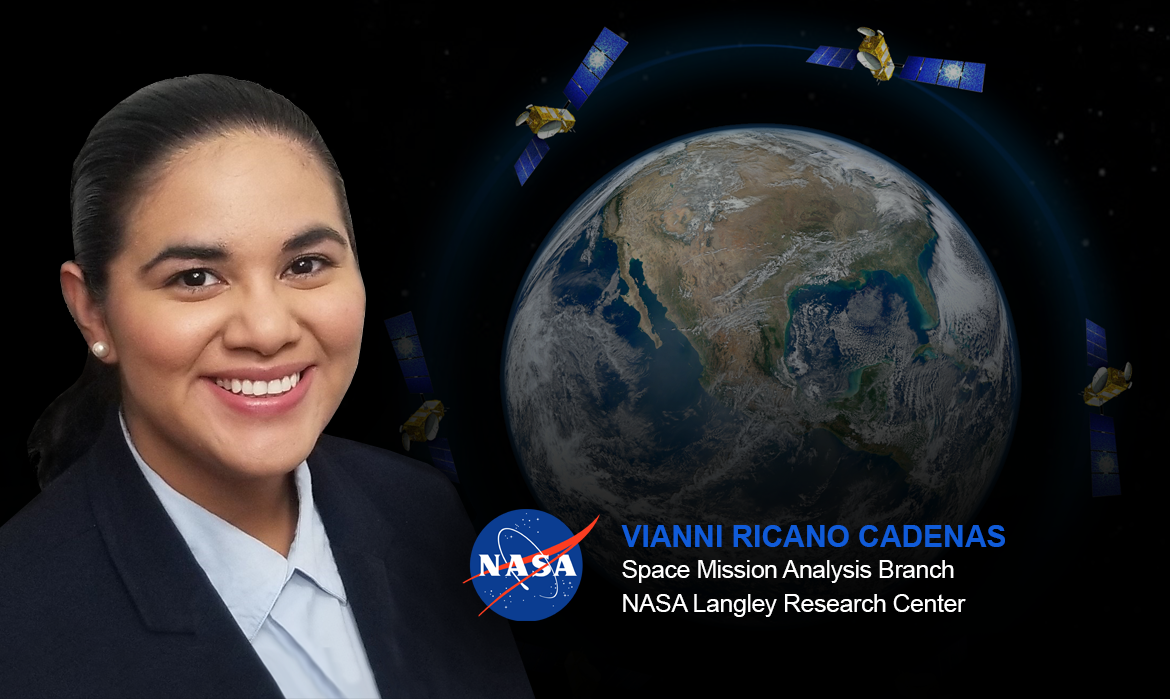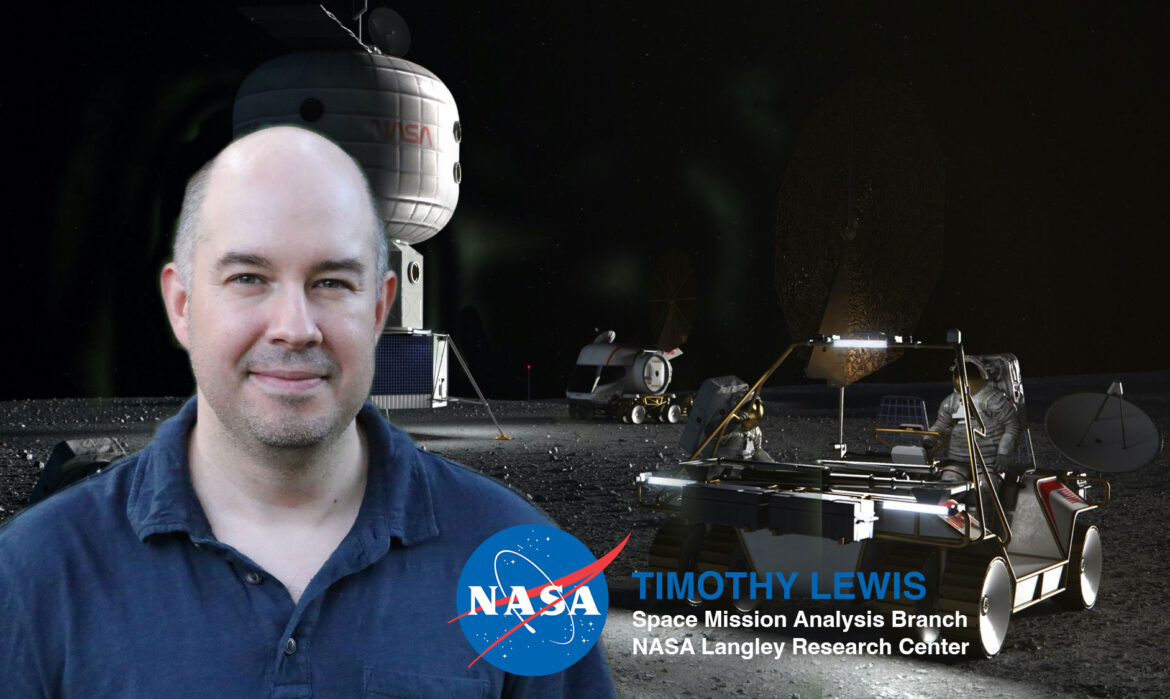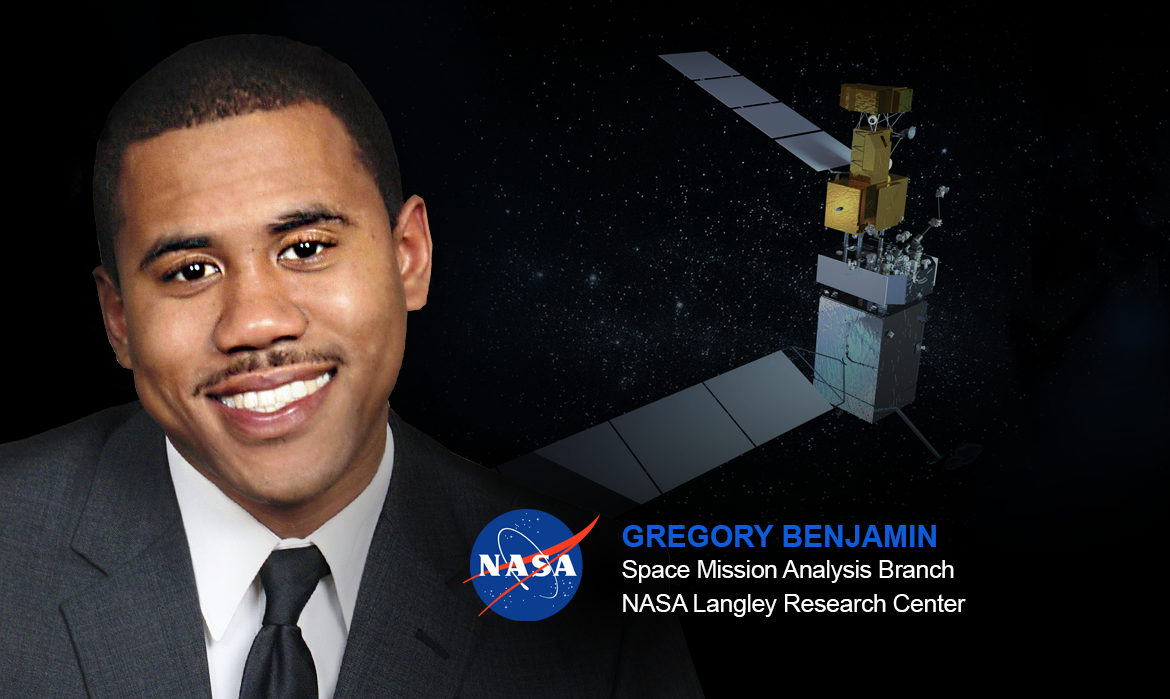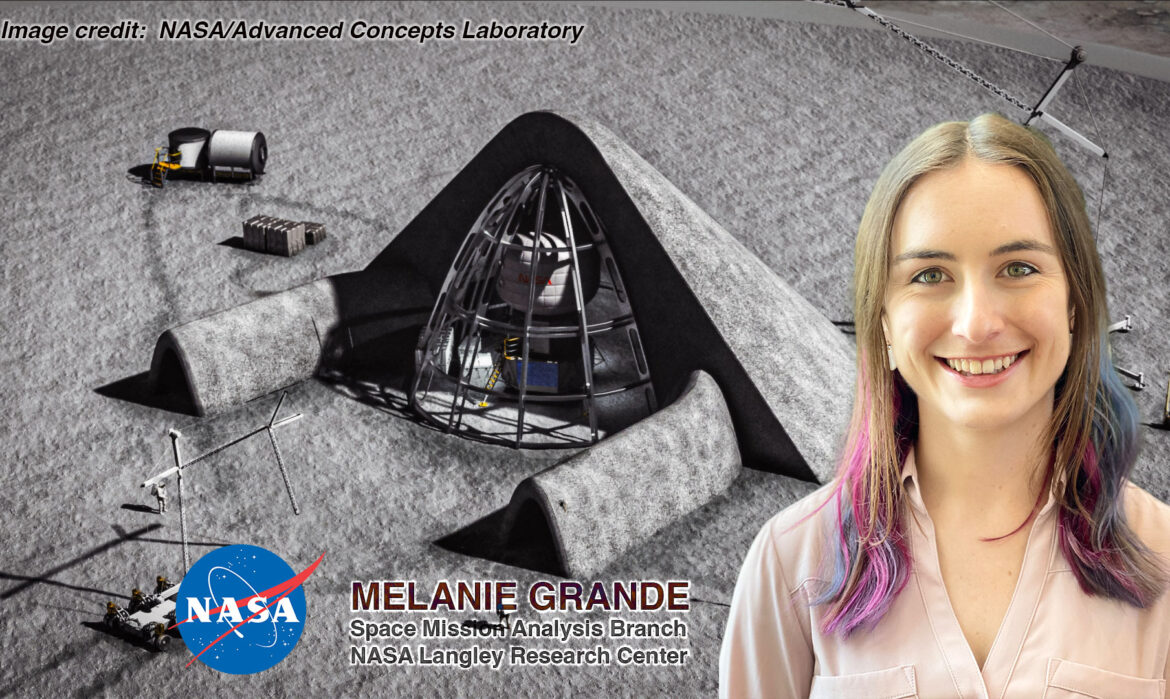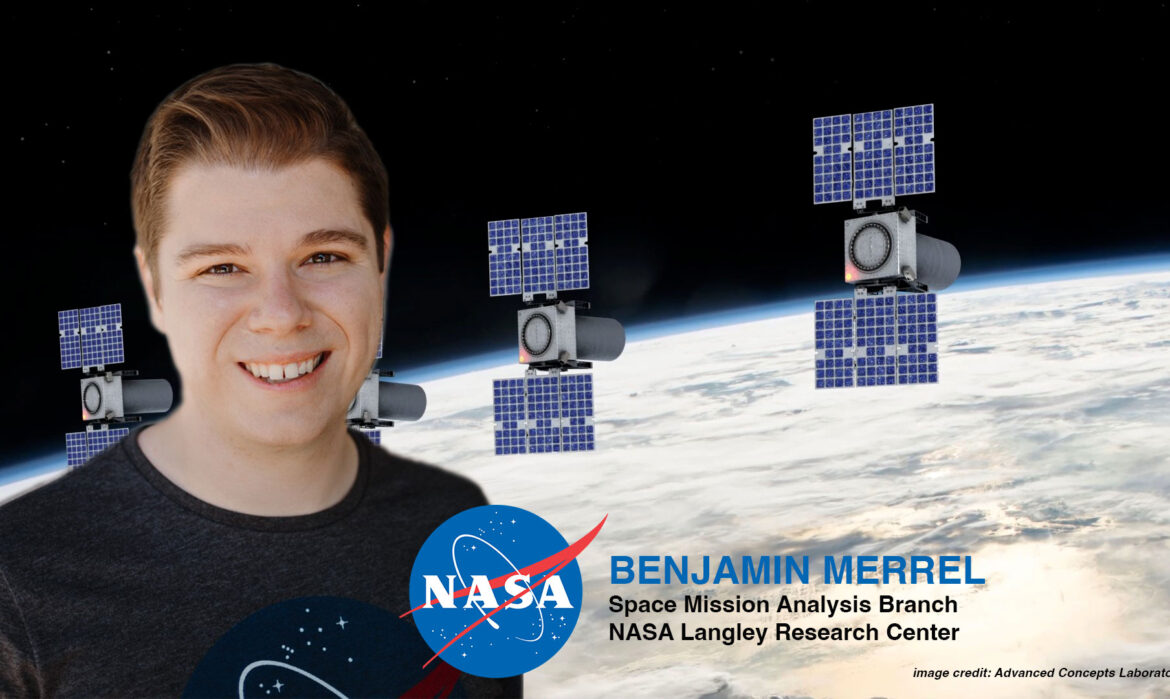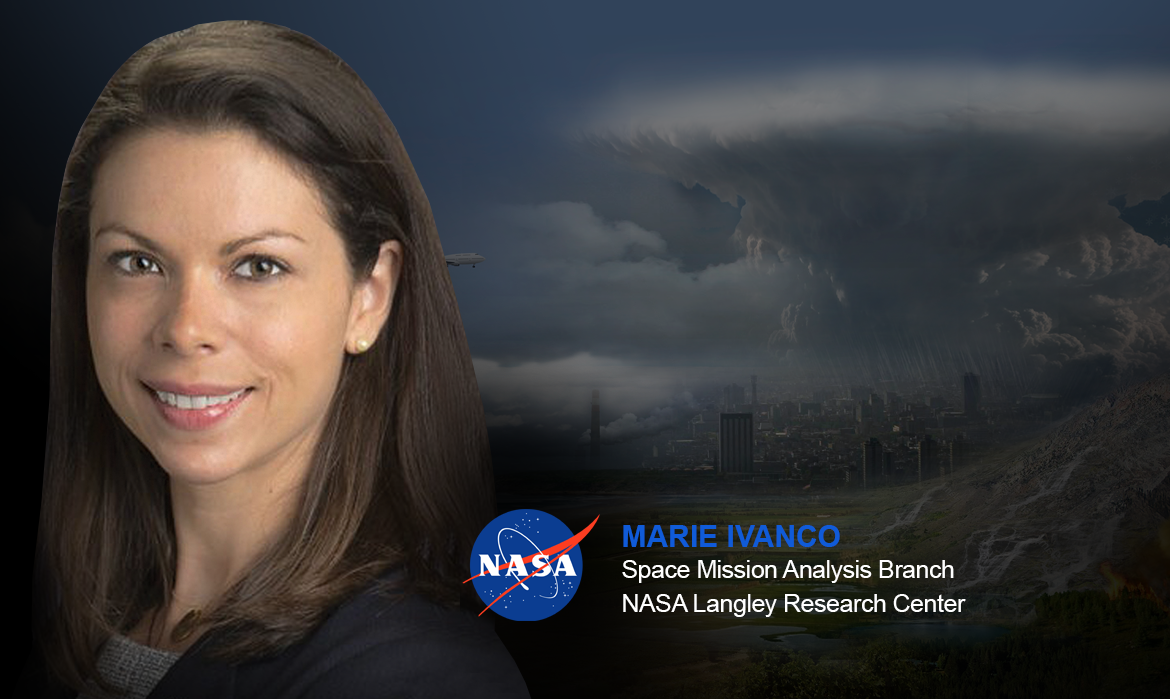Boulders in the Sky, featuring Dan Mazanek
As humanity explores asteroids to learn more about the solar system, we will have the opportunity to tap into their vast resources while also needing to prevent them from impacting our planet. When we do, we can draw on the work of Dan Mazanek to understand how to do it and why it matters.
The Asteroid Redirect Mission, or ARM, was “the cornerstone of NASA’s human exploration program from 2012 to 2016”, as Mazanek, an aerospace engineer with the Space Mission Analysis Branch at NASA’s Langley Research Center, describes it. The asteroidal material, redirected to an orbit near the Moon, would be a destination for astronauts to explore, as well as a testbed for technologies that would support future missions to Mars. In addition, ARM would expand humanity’s scientific understanding of these small bodies, while also advancing our planetary defense capabilities against future asteroids that might threaten to impact the Earth. For Mazanek, ARM was a synthesis of many of NASA’s present and future goals in space and would be to asteroid exploration and processing what the Wright Flyer was to air travel – just the beginning.
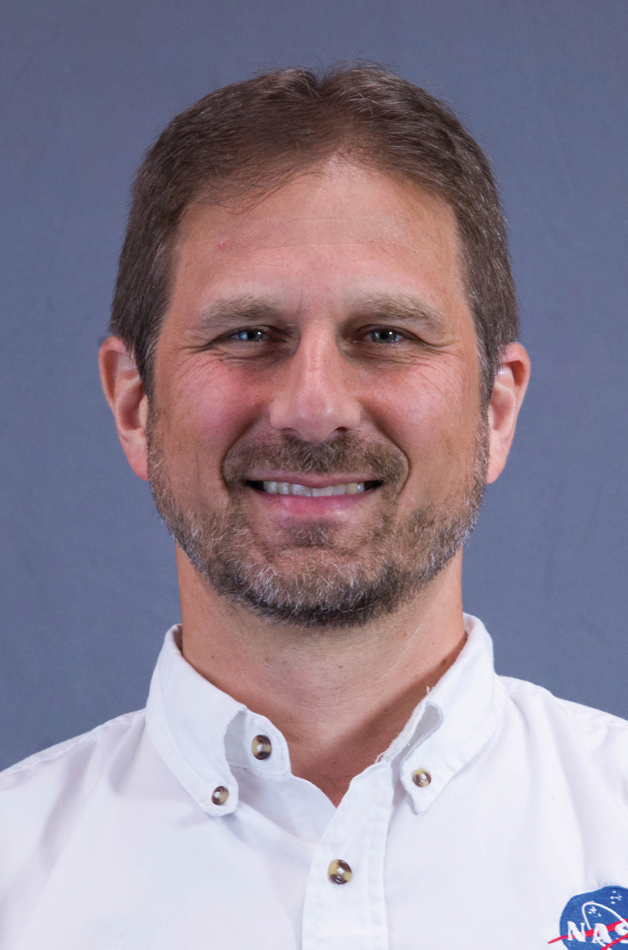
Mazanek was part of the 2011 initial study that kicked off NASA’s work on ARM. Working with colleagues at Langley, he developed an innovative concept to retrieve a multi-ton boulder from a larger near-Earth asteroid (NEA) and return that boulder to cis-lunar space. By doing so, the objectives of the ARM mission, including having a destination for astronauts to visit and test technologies for future exploration, would be achieved, and the challenge of locating and characterizing an asteroid small enough that the entire object could be returned would be avoided. Mazanek led a team primarily composed of Langley and Goddard Space Flight Center engineers and scientists to refine the concept. One novel aspect of the ARM concept was the testing of the enhanced gravity tractor planetary defense technique, an approach that would use the mass of the ARM integrated system to perturb the orbit of the parent asteroid. By using the spacecraft and the collected boulder as a gentle but consistent gravitational pull on the larger asteroid, ARM could subtly and precisely alter the asteroid’s orbit. This would demonstrate a technique that could be used in the future to reduce the risk of an asteroid colliding with Earth or another body.
“Good ideas stick around and have staying power. Someday, someone can use the ideas in a different way that builds on it.”
As the Mission Investigator for ARM, Mazanek was the “conscience” of the mission, blending the expertise of scientists, mission engineers, human exploration leaders, in-situ resource utilization technologists, and planetary defense specialists to ensure that the resulting mission would maximize the scientific and engineering benefits for humanity. In doing so, he continued to provide the larger vision amid the day-to-day development of the mission. “I tried to convey that it’s part of a larger picture of moving out into the solar system.”


ARM was a “perfect storm” of Mazanek’s interests from across his career. He began working with NASA as part of Analytical Mechanics Associates, Inc. in 1989, supporting the development of Space Station Freedom, the precursor to the International Space Station. After becoming a civil servant in 1996, he worked on the Gravity Recovery and Climate Experiment (GRACE) mission, concepts for human lunar landers, and future missions to Mars and its moons. In the early 2000s, he studied concepts for planetary defense, which combined with his earlier experience to prepare him for ARM. In the years since ARM, Mazanek has continued to apply both the technical and programmatic experience he gained from ARM to the ongoing formulation and development of human exploration through the Artemis program.
Although ARM was canceled in 2017, Mazanek still sees the benefit of the work he did. When NASA or other groups go to explore and utilize asteroids, they can draw on the work done during ARM to inform decisions around mission planning, technology development, and planetary defense. “Good ideas stick around and have staying power. Someday, someone can use the ideas in a different way that builds on it.”
Author/Contact: Chris Jones
Published: March 2022

